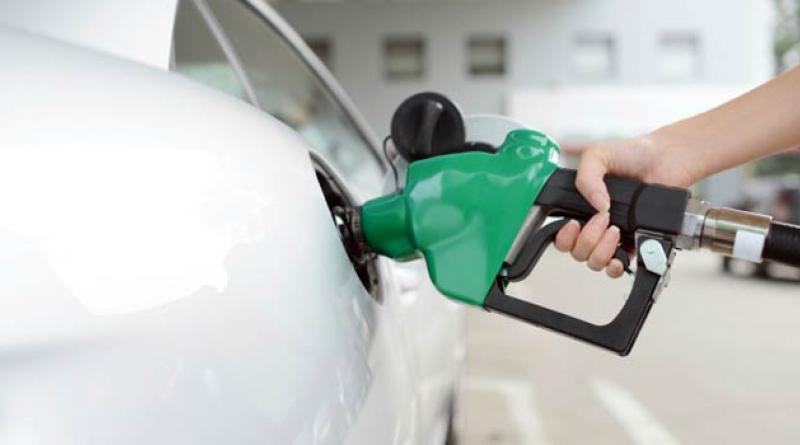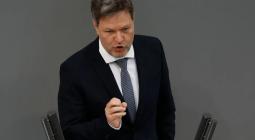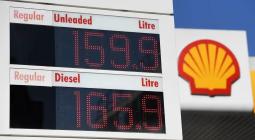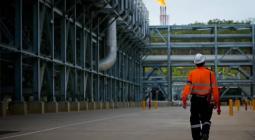5 reports show how Europe can break its Russia gas habit without the lights going out in the process

The European Union has tried to make a stark pivot away from Russian energy since Moscow invaded Ukraine in late February. As the bloc pushes to slash natural gas imports from Russia by two-thirds in the next year, five new reports outline how the EU can cut its dependence on its eastern neighbor while securing its future energy needs—and curb emissions in line with the Paris Agreement at the same time.
The five reports offer a similar recipe for how the EU can do this while avoiding an energy crisis: ramp up renewables, increase energy efficiency, and invest in the electrification of their economies.
Ember
U.K. environmental think tank Ember released its third annual Global Electricity Review on Wednesday. In it, the group celebrated growth of solar and wind power generation, which now makes up more than 10% of the world’s electricity for the first time.
It added that if solar and wind power grows at the compound rate of 20%—which it has done on average for the last decade—the world will be able to limit global warming to 1.5C by 2030, in line with the Paris Agreement. Last year, solar generation rose 23% globally while wind grew by 14%.
The report points to countries like the Netherlands, Australia and Vietnam, which all switched more than 8% of their electricity demand from fossil fuels to wind and solar in the last two years. In 2021, more than 50 countries sourced over a tenth of their electricity from wind and solar—including China, which hit the 10% mark for the first time last year.
“There are clear signs that the global electricity transition is well underway,” Ember global lead Dave Jones said in the report. “But with sustained high gas prices amid Russia’s war with Ukraine, there is a real risk of relapse into coal, threatening the global 1.5 degrees climate goal. Clean electricity now needs to be built on a heroic scale.”
IRENA
The new World Energy Transitions Outlook 2022 from the International Renewable Energy Agency (IRENA) highlights a similar need to “radically” scale up renewable energy. The intergovernmental organization set a new target for renewables of 40% of the world’s energy mix by 2030. IRENA estimated 14% of global energy comes from clean energy sources today (unlike Ember, it includes other renewables such as biomass power).
The move to renewables won't be cheap. IRENA estimates investments of $5.7 trillion will be required each year to make the shift. It calls for governments to redirect $700 billion each year in public finance away from fossil fuels, and says the majority of the rest will need to come from the private sector. The investment is needed in five key technologies, IRENA says: renewables, energy efficiency, electrification, hydrogen, and carbon capture storage.
Wärtsilä
In a report published Tuesday, Finnish utility Wärtsilä estimated that doubling investment in wind and solar could save Europe $360 billion in energy systems costs while cutting greenhouse gas emissions and natural gas consumption.
Wärtsilä's 2030 renewable energy plan aims to increase the share of renewable energy electricity generation in Europe from 33% today to more than 60% by 2030. The report called its approach “ambitious,” but said that, if accomplished, it would reduce Europe’s exposure to the gas market, halve its carbon emissions, and lead to lower bills for consumers.
“As costs bite and the [Russia-Ukraine] conflict continues, some have called for the brakes to be put on the energy transition," said Sushil Purohit, president of Wärtsilä Energy. "In response, our message is clear: now is not the time to change what you’re doing, it is the time to do it faster.”
Agora Energiewende
German think tank Agora Energiewende proposed a 15-point plan with a €100 billion ($111 billion) “Energy Sovereignty Fund” to scale up renewables and energy efficiency in EU member states.
The think tank wants the 15 actions to be included in the RePowerEU plan—an European Commission plan to make the bloc independent from Russian fossil fuels before 2030. The report states that the EU could cut its dependency on Russian gas while meeting global climate targets.
“The necessary measures to permanently reduce fossil gas consumption go hand in hand with what’s needed to meet the EU’s climate targets," Europe director for Agora Energiewende Matthias Buck said. "The EU now needs to make sure that RePowerEU accelerates energy efficiency and renewables expansion to achieve energy sovereignty.”
The Agora report calls on the EU to electrify industrial processes and heating in buildings. It also demands the rapid increase of wind and solar generation, as well as electrical grid flexibility and green hydrogen. Through its modeling, Agora found that the EU could reduce its total gas consumption by 32% by 2027.
Group report
Another report published last week by a consortium of NGOs including Bellona, E3G, Ember and the Regulatory Assistance Project, outlined how the EU could stop importing Russian gas by 2025.
The EU needs more investment in energy efficiency, renewables, and electrification, and should view energy efficiency as “an energy security priority,” the group said.
The report found that clean energy could replace 66% of the EU’s Russian gas imports by 2025.
Author: SOPHIE MELLOR





